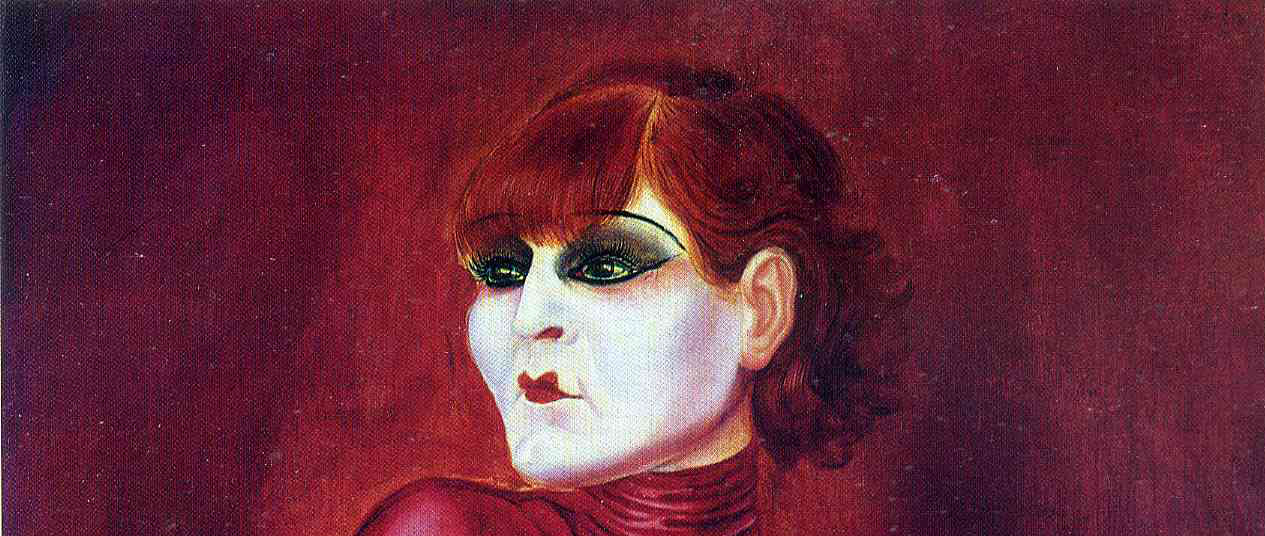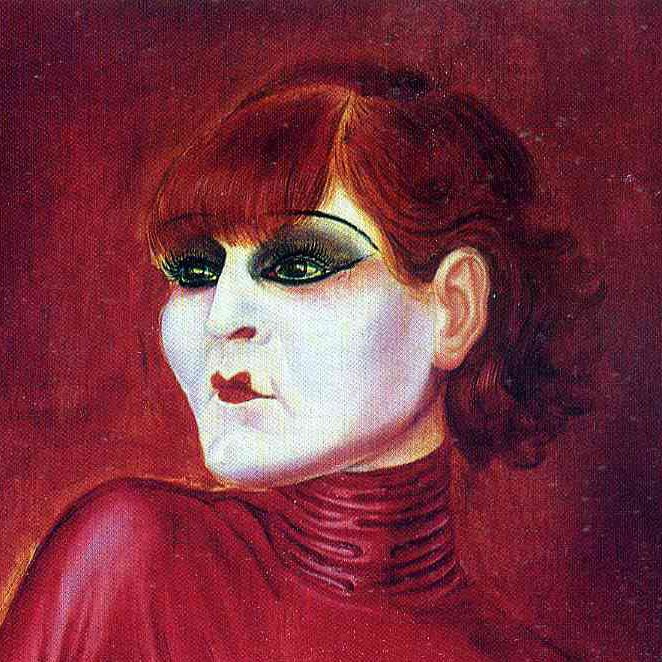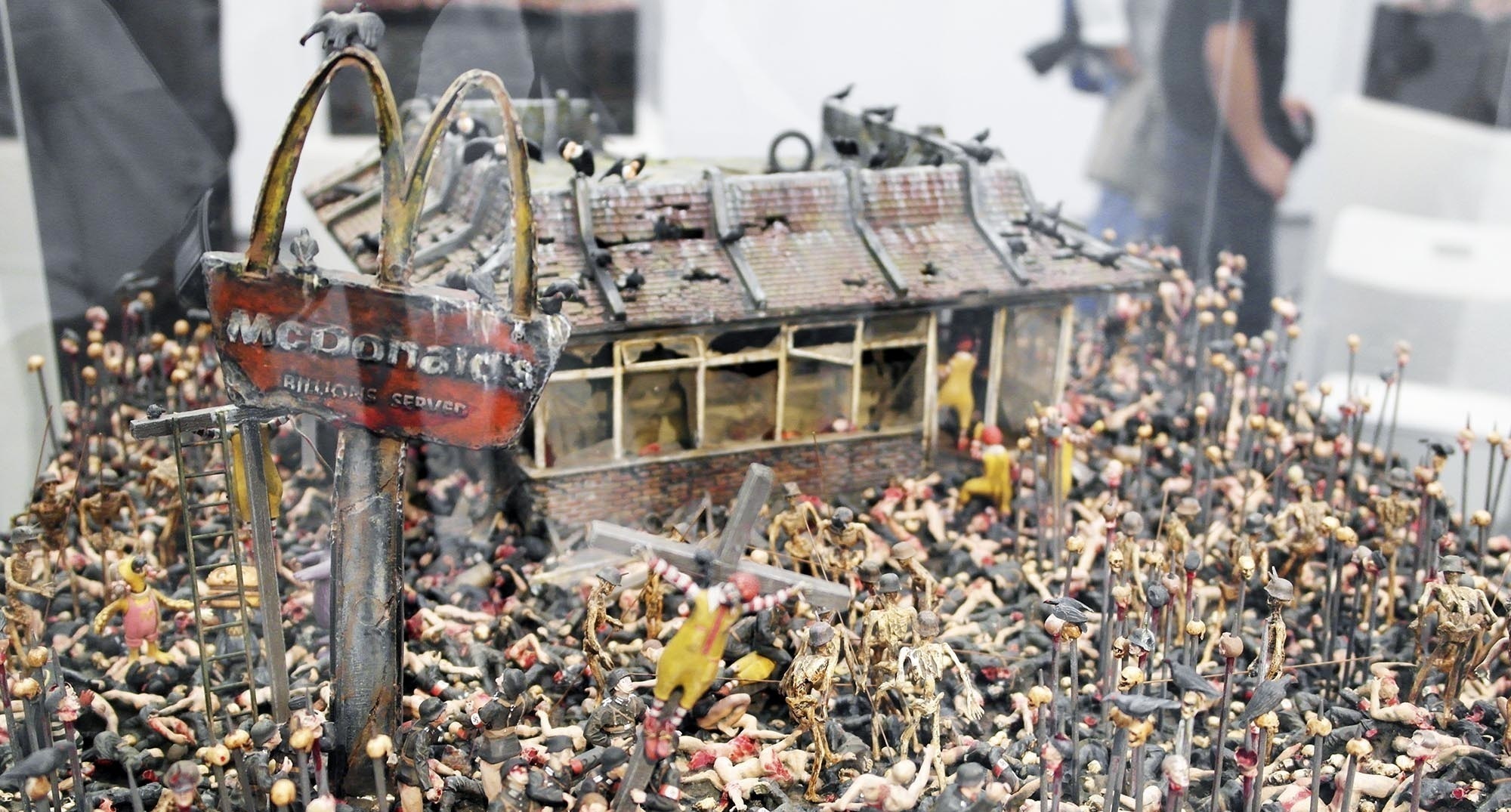Although these artists work in fundamentally different cultural and historical paradigms, they show great similarities in their representations of forms, which are dominated by the grotesque, where shocking, morbid imagery is saturated with the uncanny.
A superlative German expressionist and Dadaist, Otto Dix (1891–1969) worked in the mediums of painting, drawing, collage, and print-making. Particularly significant for him was the theme of war; he served in Germany’s artillery unit in World War I, which served as inspiration for one of his most powerful pieces: a series of etchings depicting the horrors and trauma of warfare. In the 1920s, together with the leader of the Berlin Dada movement, George Grosz, Dix was a pioneer of the Neue Sachlichkeit (New Objectivity) movement, which, in eccentric yet convincing forms, unmasked the degradation of the Weimer society and culture. Meanwhile, with Hitler’s rise, Dix’s art was declared degenerate, with some of his works exhibited at the 1937 Nazi “degenerate art” show in Munich. Unlike many of his fellow artists, who left Europe, Dix stayed in Germany. He spent the end of World War II as a conscripted member of the Volkssturm (“People’s Storm”) and was captured, but later released, by the French. After the war, he lived and worked in Dresden and gained recognition in both East and West Germany.
Jake (b. 1966) and Dinos (b. 1962) Chapman are contemporary British artists. Graduates of the Royal College of Art, they began collaborating in 1991. In the 1990s, the Chapmans often exhibited alongside the Young British Artists, and participated in some of the most well-known shows of the decade. Substantially influenced by Francisco Goya, they started creating their own ultra-grotesque, macabre imagery, appropriating Goya’s legacy or simply becoming inspired by it. The two have become critically acclaimed—and are sometimes socially condemned—for their mutant fiberglass mannequins, or occasional bronze dummies painted like latex, whose perverse sexuality merges with death and decay. Another taboo in their practice is the use of the swastika, the personality of Hitler, and his amateur painting for further deformation and deconstruction. Jake and Dinos Chapman curate multiple art projects, and Dinos is also a distinguished music producer and performer.





